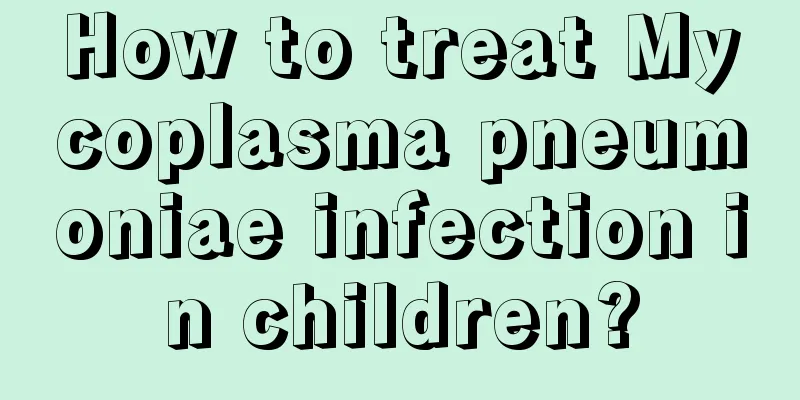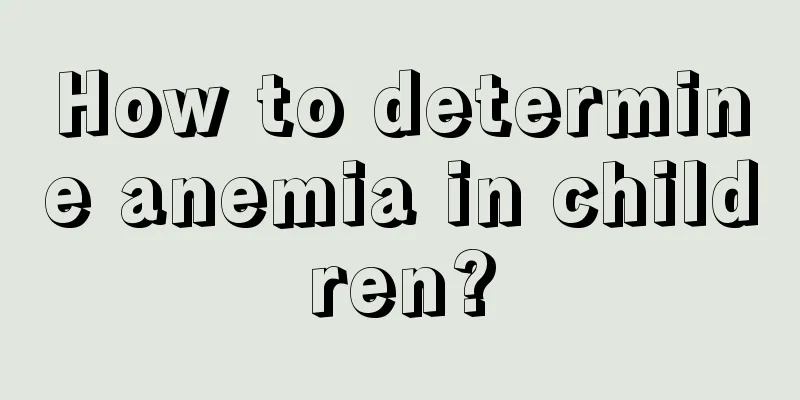How to treat Mycoplasma pneumoniae infection in children?

|
If children develop this disease, it is a microbial infection, which has been on the rise in recent years. Its characteristic is that it can survive without a cell wall. According to clinical research, Mycoplasma pneumoniae is one of the common pathogens, accounting for 10% of all respiratory infections. In addition to respiratory diseases, it can also cause complications in other systems, such as hepatitis, pneumonia, nephritis, etc. Studies have shown that in recent years, due to changes in people's lifestyles and the widespread use of antibiotics, the incidence of Mycoplasma pneumoniae infection in children has shown a significant upward trend, which has attracted great attention from medical workers. Mycoplasma pneumoniae is mainly transmitted through droplets. When the human body inhales Mycoplasma pneumoniae through droplets, it can slide into the crypts of fiber hair cells and tightly bind to the neuraminic acid receptors of the human respiratory mucosal epithelial cells, thereby effectively resisting the ciliary clearance function in the human body and avoiding phagocytosis of phagocytes. Mycoplasma pneumoniae adheres to the epithelial cells of the respiratory mucosa and destroys them, and can release a variety of toxic metabolites, such as proteases, hydrogen peroxide, ammonia, and neurotoxins, causing lesions in the patient's respiratory tract. Studies have shown that although most Mycoplasma pneumoniae exert their pathogenicity outside human cells, a few Mycoplasma pneumoniae can invade host cells or fuse with them, causing lesions. Mycoplasma mainly causes pathogenic effects on the human respiratory tract, so children often show clinical diseases such as upper respiratory tract infection, pneumonia, bronchitis or tracheitis. The clinical manifestations of lower respiratory tract infections caused by Mycoplasma pneumoniae in infants and young children may not have typical characteristics and are often accompanied by dyspnea or wheezing. Studies have shown that in addition to causing lung damage, Mycoplasma pneumoniae infection can also cause certain damage to the child's extrapulmonary systems, such as skin and mucous membranes, nervous system, blood system, cardiovascular system, urinary system, digestive system, as well as joint and muscle damage. Since Mycoplasma pneumoniae has no cell wall, it can be treated with antibiotics that have a significant inhibitory effect on bacterial protein synthesis, such as macrolides, aminoglycosides, tetracyclines, and quinolones, which can have a more effective clinical effect. Children are a special group whose organs are not fully developed, so when choosing drugs, we must avoid adverse effects on their development. In addition to causing respiratory tract lesions, the infection may also invade other parts of the body. The doctor will make a comprehensive assessment of the child's condition based on the child's clinical manifestations and examination results, and select appropriate treatment drugs to ultimately achieve the desired treatment effect. |
<<: Understanding Mycoplasma Infection in Children
>>: How to check for rapid breathing in babies
Recommend
What medicine should a three-year-old child take for cough
Coughing is a very common phenomenon in our lives...
What are the treatments for ADHD?
ADHD is one of the most common symptoms among chi...
How to determine if a baby has gastric reflux?
The physical health of infants is very fragile an...
There is a hard lump in the middle of the baby's upper abdomen
A series of abnormal conditions in the baby's...
How to treat children who sweat a lot while sleeping
The mother woke up in the middle of the night and...
Why does my child's farts smell so bad?
Whether a child's farts are normal or not als...
Treatment of increased intracranial pressure in infants
The reason for increased intracranial pressure in...
What to do if your child has refractive error
With the popularization of the Internet and the i...
Why do children's eyes shed tears?
Tearing tears is very common. Many people are pro...
What are the symptoms of a child's spleen problem?
The spleen is very important to humans. If a chil...
What is the cause of baby teeth overbite?
There are many common dental problems. When solvi...
How to deal with facial abrasions in children
If a child has a serious facial abrasion, he or s...
Early stage of vitiligo in children
Vitiligo is a relatively common acquired skin dep...
Symptoms of baby's lung infection, be careful of these manifestations
Sometimes babies have no obvious symptoms of lung...
9 month old baby coughs with phlegm
For babies who keep coughing at night, parents do...









